Feb 24, 2021
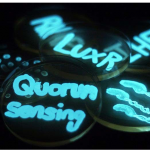
By Katie Acken Quorum sensing (Noun. /KWORE-rum SEN-sing/) What does it mean? Quorum sensing is how bacteria communicate with each other. Bacteria produce quorum sensing molecules, also called autoinducers, and secrete them into the surrounding environment. As bacteria continue to multiply, quorum sensing molecules accumulate in their surroundings. Once the quorum sensing molecules are concentrated […]
Feb 19, 2021
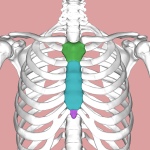
By Emma Goldberg Xiph·oid proc·ess (noun. /ZEYE-foid PRAH-sehs/) What does it mean? The sternum is divided into three segments: the manubrium, body and xiphoid process. The xyphoid process is the lowest segment of the sternum. It is small and cartilaginous, meaning it’s made out of dense connective tissue. In the picture below, it is highlighted […]
Feb 19, 2021
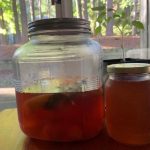
By Riya Gohil One COVID/quarantine hobby I’ve picked up over the course of the last year has been brewing kombucha. To my surprise, it’s a very simple process (for us humans). Once you start your first brew, you can brew as many brews as your heart desires. What is Kombucha? Kombucha is a fermented tea […]
Feb 19, 2021

By Regina Fernandez Fun Rating: Difficulty Rating:Image from Biorender What is a lipid? Lipids are organic hydrophobic molecules that do not mix well with water. Some examples of lipids include fats, phospholipids, and cholesterol, which are found in food and in living organisms. Lipids in our body are used to produce and store energy, are […]
Feb 13, 2021
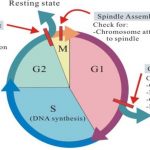
By Mohamed Mahmoud Have you ever wondered how cells grow, divide? Or how these processes are controlled? In this article, we are taking you through a tour that will answer all of your questions. The human body contains about 37.2 trillion cells. All of these cells are derived from only one fertilized egg. The development of […]
Feb 13, 2021

By Michelle Chamberlain Today, humans rely on oxygen to survive, but for the first half of our planet’s history oxygen was scarce. The Earth is approximately 4.54 billion years old and its first life-forms emerged as early as 3.77 billion years ago as single-celled microorganisms. Because these microbes evolved in an anoxic environment, they were […]
Feb 11, 2021
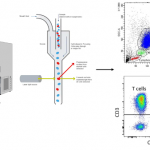
Flow Cytometry By: Carolina A. Herrera Difficulty Rating: What is the general purpose? Flow cytometry is a technique used to count and analyze the size, shape, and properties of individual cells within a heterogenous (mixed) population of cells. In flow cytometry, cells are tagged with antibodies which are proteins produced by immune cells, cells that […]
Feb 11, 2021
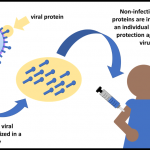
By Taylor Tibbs Vaccine (noun, /vak-SEEN/) What does it mean? A vaccine is a biological product used to protect or immunize against a certain disease. When vaccines are given, they stimulate the immune system to develop a protective response against the causative agent of a disease or pathogen (such as a virus). Vaccines can be […]
Feb 10, 2021
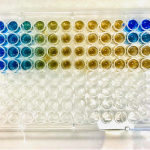
By Madison Williams Bradford Protein Assay What is the general purpose? A Bradford Protein Assay detects protein concentrations in a sample solution based on the color change of the dye used. Why do we use it? This technique is used to determine the amount of protein found in a protein sample. One reason you might […]
Feb 03, 2021
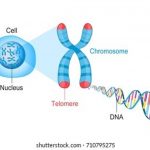
By Rami Major Telomere (noun. /TEE-luh-mere/) What does it mean? Our DNA is packaged and tightly wrapped up in chromosomes. To prevent our chromosomes from unraveling and to protect DNA from damage, chromosomes are capped by telomeres. Telomeres consists of repetitive DNA sequences that match up with special proteins. How do I use it in […]
Feb 03, 2021
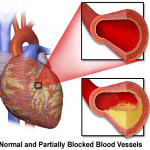
By Zoe Terwilliger Ischemia Noun. / ih-SKEE-mee-uh/ What does it mean? Ischemia is a decrease in blood supply to an organ or tissue. Because red blood cells are responsible for transporting oxygen throughout the body, less blood flow also means less oxygen being delivered to tissues. This lack of oxygen prevents the body’s cells from […]
Feb 03, 2021
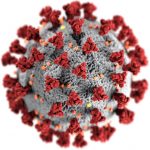
By Nicole Gadda Have you ever wondered why antibiotics treat strep throat, but not a bad case of the flu? At first glance, bacteria and viruses certainly seem very similar. After all, they’re both pathogens, which means they both can cause disease. So, how can doctors tell if your sore throat is due to a […]












